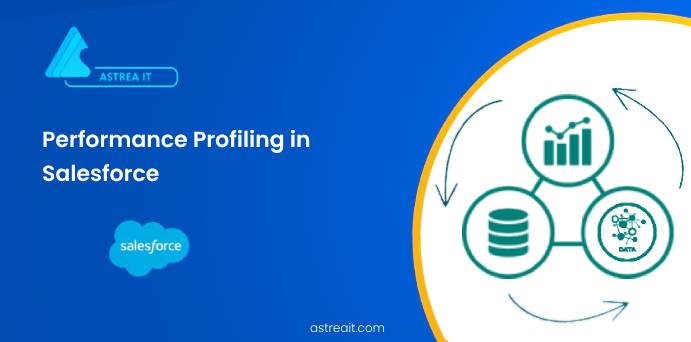Introduction:
Salesforce is a robust and feature-rich platform that empowers organizations to streamline their business processes. However, as your Salesforce instance grows in complexity, ensuring optimal performance becomes crucial. Performance profiling is a powerful technique that allows you to identify and address bottlenecks in your Salesforce application, ensuring a smooth user experience. In this blog post, we'll delve into the world of performance profiling in Salesforce and explore how you can leverage it to enhance the efficiency of your Salesforce implementation.

Understanding Performance Profiling:
Performance profiling involves the analysis of various aspects of your Salesforce application to identify areas that may be causing performance issues. It provides insights into resource utilization, code execution times, and database queries, allowing you to pinpoint and address performance bottlenecks.
Tools for Performance Profiling in Salesforce:
1. Developer Console:
- Salesforce Developer Console is an integrated development environment that offers powerful tools for performance analysis.
- Navigate to the "Query Plan" tab to analyze the execution plan of your SOQL queries.
- Utilize the "Timeline" tab to visualize the execution time of various operations.
2. Debug Logs
- Enable debug logs for specific users to capture detailed information about the execution of Apex code.
- Analyze the logs to identify long-running methods, inefficient queries, and resource-intensive processes.
Best Practices for Performance Profiling:
1. Selective Querying:
- Optimize SOQL queries to retrieve only the necessary data.
- Minimize the use of "SELECT *", and utilize custom indexes where appropriate.
2. Bulkify Code:
- Ensure that your Apex code is bulkified to handle large datasets efficiently.
- Avoid unnecessary iterations and queries within loops.
3. Cache Mechanisms:
- Implement caching mechanisms to store frequently accessed data.
- Utilize platform caching or custom solutions to reduce the load on the database.
4. Asynchronous Processing:
- Move resource-intensive operations to asynchronous processes, such as Batch Apex or Queueable jobs.
- This prevents long-running processes from impacting the user experience.
5. Governor Limits Awareness:
- Be aware of Salesforce governor limits and design your code to operate within these constraints.
- Monitor and adjust batch sizes to avoid hitting limits during data processing.
Continuous Monitoring and Optimization:
1. Regular Code Reviews:
- Conduct regular code reviews to identify and address performance issues early in the development lifecycle.
2. Automated Testing:
- Implement automated testing to catch performance regressions during the development process.
3. Monitor Production Instances:
- Use monitoring tools or Salesforce Health Check to continuously monitor the performance of your production instance.
4. User Feedback:
- Solicit feedback from users regarding the application's performance and address reported issues promptly.
Conclusion
Performance profiling is an essential aspect of maintaining a high-performing Salesforce instance. By leveraging the tools provided by Salesforce and adhering to best practices, you can proactively identify and address performance bottlenecks, ensuring a seamless experience for your users. Incorporate performance profiling into your development and optimization strategies to unlock the full potential of your Salesforce implementation.
For any queries please reach out to support@astreait.com